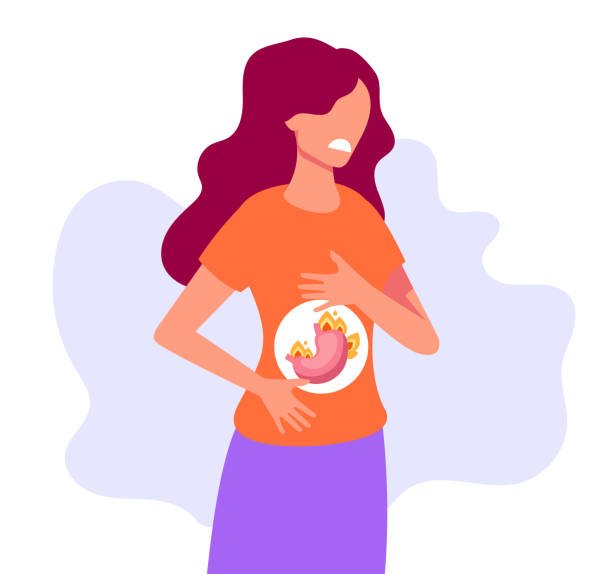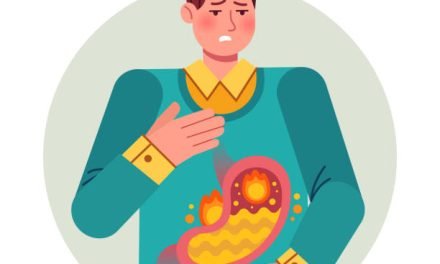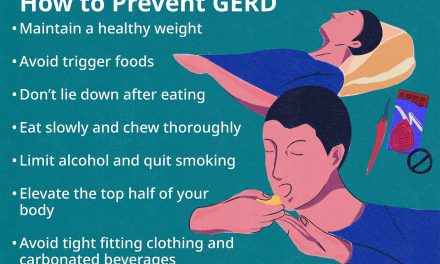Acid reflux is a common and often uncomfortable symptom experienced by millions of individuals worldwide. It occurs when stomach acid flows back into the esophagus, leading to sensations such as heartburn, regurgitation, and chest pain. While acid reflux is the symptom itself, it is essential to delve into the underlying conditions and factors that can give rise to this troublesome experience. In this article, we will explore the range of conditions and causes associated with acid reflux, shedding light on the diverse origins of this discomforting symptom.

Gastroesophageal Reflux Disease (GERD)
One of the primary underlying causes of acid reflux is gastroesophageal reflux disease (GERD). GERD is a chronic condition characterized by frequent and persistent acid reflux symptoms. It occurs when the lower esophageal sphincter (LES), a muscular valve that separates the stomach from the esophagus, weakens or relaxes inappropriately. This malfunctioning LES allows stomach acid to flow back into the esophagus, triggering the symptoms of acid reflux.
Hiatal Hernia
Another condition associated with acid reflux is a hiatal hernia. A hiatal hernia occurs when a portion of the stomach protrudes through the diaphragm, the muscle separating the chest and abdomen. This displacement can disrupt the normal function of the LES, making it easier for stomach acid to flow back into the esophagus and causing acid reflux symptoms.
Lifestyle Factors
Several lifestyle factors can contribute to the development of acid reflux symptoms:
- Diet: Certain foods and beverages can trigger or exacerbate acid reflux, including spicy or fatty foods, citrus fruits, chocolate, onions, garlic, and caffeinated or carbonated drinks. These items can relax the LES or stimulate excess acid production, increasing the likelihood of acid reflux.
- Obesity: Being overweight or obese can contribute to acid reflux as excess weight puts pressure on the abdomen, leading to the weakening of the LES and subsequent reflux of stomach acid.
- Smoking: Smoking weakens the LES and impairs the body’s natural ability to clear acid from the esophagus, making acid reflux more likely.
- Alcohol and Caffeine: Excessive consumption of alcohol and caffeinated beverages can irritate the lining of the esophagus, relax the LES, and increase the production of stomach acid, all of which contribute to acid reflux symptoms.
Pregnancy
Pregnancy can be a factor in the development of acid reflux symptoms. As the uterus expands, it can exert pressure on the stomach, causing the displacement of stomach contents and increasing the likelihood of acid reflux. Hormonal changes during pregnancy can also relax the LES, exacerbating the symptoms.
Certain Medical Conditions
Several medical conditions can be associated with the manifestation of acid reflux symptoms:
- Gastroparesis: Gastroparesis is a condition that affects the normal movement of food from the stomach to the small intestine. When the stomach doesn’t empty properly, it can increase the chances of acid reflux.
- Peptic Ulcers: Peptic ulcers, which are open sores that develop in the lining of the stomach or the upper part of the small intestine, can lead to acid reflux symptoms.
- Asthma: There is a correlation between asthma and acid reflux, although the precise mechanisms linking the two are not yet fully understood. Acid reflux can trigger or worsen asthma symptoms in some individuals.
Conclusion
Acid reflux is a troublesome symptom that can significantly impact an individual’s quality of life. Understanding the underlying conditions and causes of acid reflux is crucial for effective management and treatment. Whether it is the chronic condition of GERD, hiatal hernias, lifestyle factors, pregnancy, or certain medical conditions, a range of factors can contribute to the development of acid reflux symptoms. By identifying and addressing the underlying causes, healthcare professionals can devise tailored treatment plans to alleviate symptoms and improve the well-being of individuals experiencing acid reflux.





